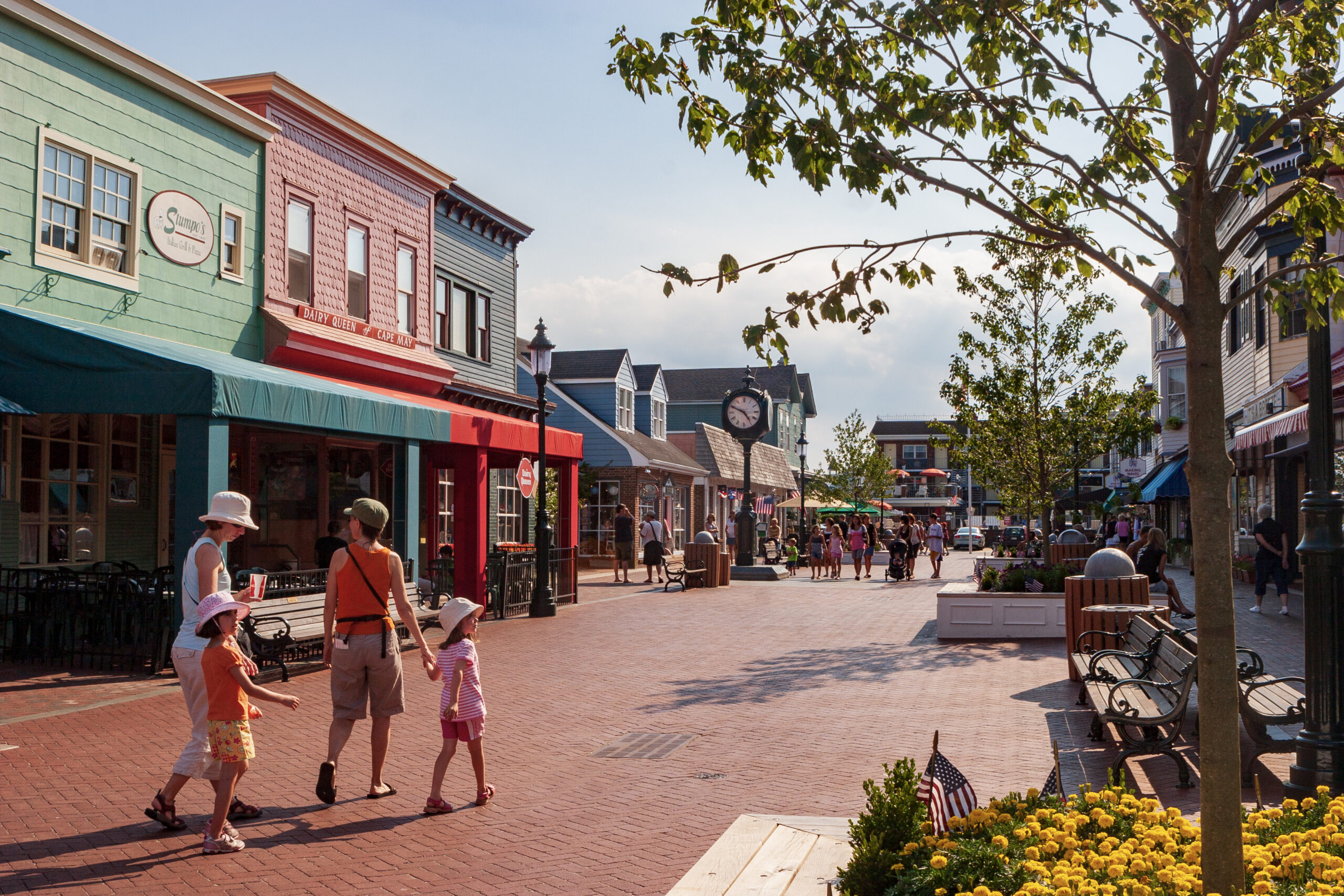
30 Oct How To Gain Your Share of “Revenge Travel”
The term “revenge travel” was coined to describe the unique attitudes and consumer behaviors in the travel and tourism industry after COVID, particularly referring to consumers making up for lost time during the pandemic. Three years after the start of lockdowns worldwide, Americans are still traveling more than ever.
According to the U.S. Travel Association, air travel demand was up 12% in July 2023 from July 2022, and the average cost of a round-trip domestic flight is down 19% from 2022. However, Americans are booking their revenge trips internationally instead of staying stateside despite domestic airfare decreasing while international airfare simultaneously increased, as reported by CNBC.
How do we keep our travelers in the country? And, more specifically, how do you differentiate and attract them to your community over your biggest competitors?
A strong community brand and strategic marketing plan is a great start, and the key word is strategic. Well beyond creation of a brand identity, you need to capture the experience of your destination, all built on a solid foundation of research and careful implementation to draw tourism to your town.
Any strategic community brand should identify what’s unique about the community, something distinct and authentic. With a tourism-specific marketing plan, the brand needs to tell the story of what’s unique and be equipped with a specific call-to-action and programming. Answer specifically what you want your tourist audience to know and come experience.
Selecting a target audience also requires attention in campaigns targeting tourism. The initial thought may be that a wide net can be cast with a tourism strategy, but your community’s unique characteristics may not appeal to every type of traveler. To ensure effective results and use of budget, target audiences must be selected carefully based on factors such as proximity, income level, age and interests.
Creating and maintaining a visitor’s website seems like a no-brainer, but it can serve as the epicenter of the campaign. It should include anything a tourist would want or need to know, like, lodging, attractions, dining, experiences, businesses, public transportation information – include it all. Another key to optimizing the use of a website is to consistently maintain its accuracy as businesses close, rebrand, change their hours, and more. Oftentimes, a visitor wants to know what locals recommend and why, and the visitor’s website can be an excellent place to provide that insight. Make it a trusted and reliable resource for tourists before and during their visit.
Another tactic to show the depth of your community and what it has to offer travelers is to partner with community organizations and businesses. For example, partnership activations with local hotels can offer a discount for tourists. This also allows the marketing team to track hotel stays and collect information about the guest that can be used to share further communication with them to hopefully bring them back to visit in the future.
Think outside the box and engage with local businesses to enforce the unique aspects of your community – this could be co-branded merchandise in a local brewery or a recreational site frequented by tourists, or an exhibit showcasing the history of the community in a local art gallery or museum. Lean on the research conducted on target audiences to guide how to best implement this tactic to answer their passions and interests.Tourism doesn’t seem to be slowing down, regardless of where people choose to go. Let us help you show travelers what’s special about your community.
